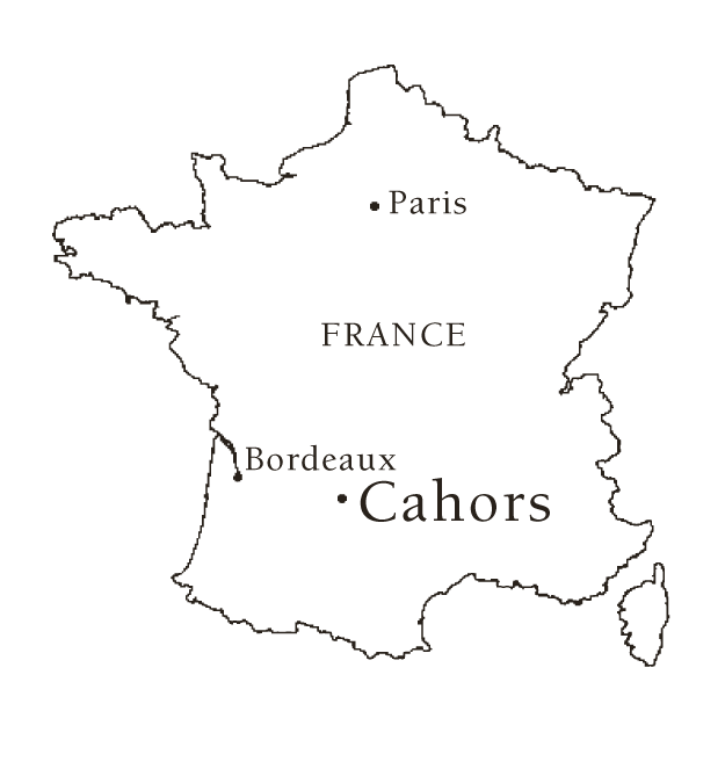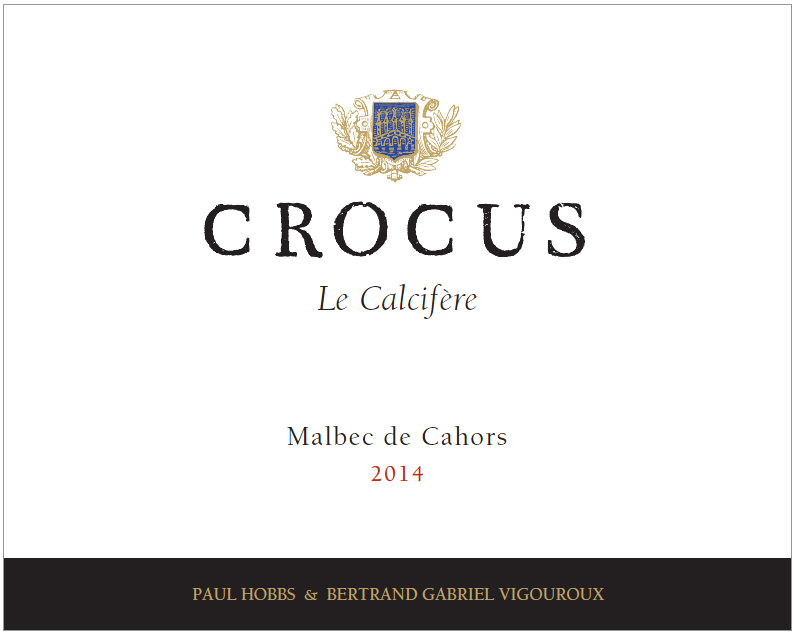Until fairly recently, Malbec had had a tough career. For most of its life, it was primarily known as a “Bordeaux variety,” and not one of the prominent ones. The best-known story about Malbec in Bordeaux is that of the devastating frost of 1956. The ill-timed freeze caught Malbec at exactly the wrong time and wiped out most of its vines in the region. Frustrated and looking for a safer bet, Bordelais vigneron replaced the Malbec with Merlot, which thus became the most planted variety on both the Right and Left Banks.
For the past 15 years, Argentina has been the most famous region for Malbec. There, the variety is relatively safe from frost and achieves good levels of ripeness. Since Argentina itself has been undergoing a long, qualitative renaissance, the two grew in global prominence and esteem together. Evan Goldstein, MS, an expert on Argentine Malbec, equates their relationship to that of California and Zinfandel. Both varieties were unloved immigrants which found the right growing conditions in their new lands, became dominant there by volume, are almost exclusively associated with the new country, and also happen to be excellent lenses on terroir.
But there’s more to Malbec than Argentina, and Bordeaux was not its only home in France, just the most famous. Cahors, on the Lot River about three hours’ drive east from Bordeaux, relies more on Malbec than any other region in the world, including Argentina. And it is actually in the vicinity of Cahors that Malbec is believed to have originated.

There, Malbec had produced “black wines” for centuries. On occasion, that wine also found its way into blends in Bordeaux. But it wasn’t until the 18th century that Malbec, also known as Cot, made its way into a large number of Bordelais vineyards.
The Malbec story in Cahors isn’t entirely happy either though. For centuries, the wines of Cahors and other parts of southwest France saw little take-up in other regions. Economic downturns, wars, phylloxera, and shrewd tariffs levied by Bordeaux, the most available port for goods from the southwest, kept Cahors Malbec from achieving market success. And then, in 1956, Cahors suffered the same wicked frost as Bordeaux.
The growers of Cahors refused to give up though. So they replanted Malbec, along with Merlot and Tannat, another dark, chewy specialty of southwest France. And, when producers created the Cahors AOC in 1971, they stipulated only red wines would be allowed and that they must be at least 70% Malbec. By this time, Cahors accounted for about 90% of all French Malbec production.
However, Cahors had for several decades been primarily a bulk wine provider. And so its Malbec-centric wines often remained under-fruited, over-structured, and somewhat green in flavor, due to high yields and aggressive, chemical agriculture. So it was that Argentina had a clear field to become the world’s favorite Malbec region.
Now for the good news! Cahors is taking serious aim at quality and some producers are making excellent progress. One in particular, Crocus, is leading the way.

Crocus proprietor Betrand Gabriel Vigouroux is a fourth-generation wine producer. His family has focused on Malbec in Cahors since 1887. He joined the family company in the 1990’s and, almost immediately, began working to improve quality. In 2007, he traveled to Argentina to learn from the new Malbec experts. (Argentina had ten times more Malbec acres under vine than Cahors.)
Among the people he met was Paul Hobbs, the highly respected American “flying winemaker,” who has been working with and promoting Malbec in Argentina since 1989. Since 1998, he has had his own label there for Malbec, Viña Cobos, which still has honors for the highest scoring wine in Argentine history.
At Vigouroux’ invitation, Hobbs traveled to Cahors in 2008. He didn’t know much about the region prior to the visiting. In 2009 Hobbs signed on as a consultant and, in 2011, they formed Crocus, a joint venture. Not long ago, I met with both Hobbs and Vigouroux in San Francisco, learned more about Cahors, and tasted through the wines.
Hobbs told me the first wines he tasted in Cahors “would have been undrinkable without the foie gras.” "Cahors had," he told me, “the lowest reputation of all French wine regions. The wines were high acid and extremely tannic. They ripped the skin off your lips.”
He was a bit surprised by this. The region is both warmer and drier than Bordeaux. It should be able to achieve good ripeness. But it’s also physically isolated, has one of the lowest population densities in France, and the people there have a long, deep-seated antipathy for Bordeaux. So there were issues of house palate, winemaking that was old-school and unsanitary, and a resistance to pursue Bordelais ripeness.
Vigouroux wanted to change things. He wanted quality and was willing to make the necessary investments. They began lowering yields, as low as 1.9 tons/acre. They began retraining and, when necessary, replanting vines, and moving toward organic farming. They also started using high-quality, French oak barrels.
Crocus makes five different Cahors wines. The fruit is selected from vineyards in that region’s three main, distinct terroirs.
- The Plateau, part of France’s Massif Central, is a mesa of Kimmeridgian limestone and rises to nearly 1,000 feet. It also includes some clay, both iron-rich and blue.
- The 4th Terrace is an upper bench with soils which combine eroded limestone from above with fluvial soils—gravel, clay, and small stones—from the Lot River below.
- The 3rd Terrace is lower still and is mostly fluvial soils from the Lot and fine, alluvial soils from the hills. Additional differences in terroir result from mesoclimates, based how close or far a vineyard is from the river.
While it is allowable to make Cahors AOC wine with up to 30% of Merlot and/or Tannat, Crocus focuses on 100% varietal Malbec. Instead of blending varieties for complexity and balance, they blend from different terroirs.

The wines are a huge departure from Cahors of old. They are polished, complex, and richly fruited, though in an appropriate Old World way. They remain savory-forward. They also offer extremely good QPR [quality-price ratio].
At this writing, JJ Buckley has one Crocus wine on the way in. The 2014 Crocus Le Calcifere Malbec de Cahors uses fruit from all three of the primary terroirs. It fermented in small, stainless steel tanks and then aged 18 months in French oak barrels. Half the the barrels were new, the other half once-used. Look for characteristic Malbec dark fruit, black cherry and dark berries, but also some red cherry and plum. The sophisticated oak lends a tasteful melange of attractive spices.
JJ Buckley guest blogger Fred Swan is a San Francisco-based wine writer, educator, and authority on California wines and wineries. His writing appears in The Tasting Panel, SOMM Journal, GuildSomm.com, Daily.SevenFifty.com, PlanetGrape.com, and his own site, FredSwan.Wine (formerly NorCalWine). He teaches at the San Francisco Wine School. Fred’s certifications include WSET Diploma, Certified Sommelier, California Wine Appellation Specialist, Certified Specialist of Wine, French Wine Scholar, Italian Wine Professional, Napa Valley Wine Educator and Level 3 WSET Educator. He's twice been awarded a fellowship by the Symposium for Professional Wine Writers.
Images courtesy of Crocus Wines